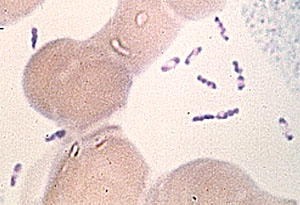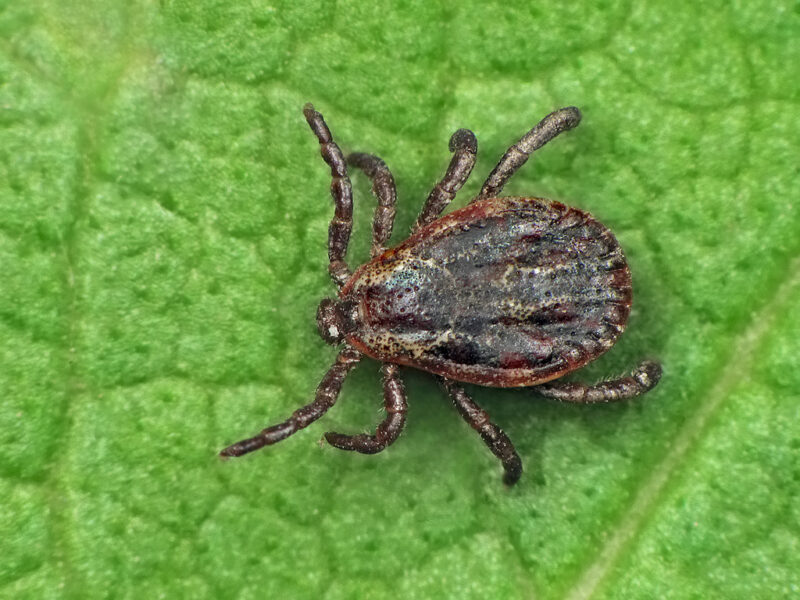The Outbreak:
Between December 2016 and February 2017, Brazil reported approximately 64 cases of a mysterious “Black Urine” disease in both the Bahia and Ceara State regions (1,2). The total case count included two fatalities from the disease (2). This mysterious illness received its nickname, the “Black Urine Disease,” due to its commonly reported symptom of dark-colored urine (2). Many victims of the disease reported symptoms such as sudden acute myalgia (muscle pain) with no apparent cause, black urine, and elevated levels of creatine phosphokinase (2).
After conducting an investigation, Brazilian health officials recently concluded that the “Black Urine Disease” was caused from ingesting fish containing an unspecified toxin that triggers an illness called Haff Disease (1). A study collected samples of feces, urine, and blood from 15 patients with the disease and discovered that 14 of the 15 patients consumed fish, primarily freshwater bullseye and whiting fishes (1). Furthermore, the exact toxin in the fish that caused Haff Disease was not determined from those samples (1). A sample of a patient’s fish was first sent to the Brazilian Ministry of Health and then to a laboratory in the United States to be tested for the toxin (1). However, the results of this test have yet to be released (1).
The first documented outbreak of Haff Disease in Brazil was in 2008 in the Amazonas State of Manaus (3). A total of 25 cases were reported after consumption of freshwater fish (3). After this outbreak, there was a concern of a continuing increase in Haff Disease due to the growing population and the people’s dependence on freshwater fish as a main source of protein (3).
This most recent outbreak is the largest documented outbreak of Haff Disease in Brazil’s history (4). This outbreak further confirms previous concerns regarding cases of Haff Disease and reliance on freshwater fish as a primary protein.
What is Haff Disease?
Haff Disease is a case of rhabdomyolysis from ingestion of certain types of fish (5). The etiology of Haff Disease is relatively unknown but is caused by an unidentified toxin that is present in the fish (5). The majority of reported cases of Haff Disease come from ingesting cooked fish indicating that the toxin is heat-stable and cannot be prevented through cooking (6). Symptoms usually occur within 24 hours after fish consumption (6).
Rhabdomyolysis is a syndrome caused by injury to skeletal muscle that results in a release of potentially toxic muscle cell contents into the circulation of the blood (5). Symptoms of rhabdomyolysis include muscle pain (myalgia), fatigue, dark-colored or “black” urine and can also include fever, nausea, or vomiting (7). Possible complications of rhabdomyolysis include electrolyte disturbances, renal failure, and disseminated intravascular coagulation (1). Rhabdomyolysis is also associated with elevated levels of creatine kinase and myoglobin (6). The syndrome can be diagnosed through laboratory tests of creatine kinase levels and can be determined as rhabdomyolysis if the creatine kinase levels are elevated five times past normal (6).
Treatment for Haff Disease includes remaining adequately hydrated through intravenous therapy to prevent renal failure and urine alkalization (6). Symptoms usually only persist for two to three days (1). Historically, death from Haff Disease has been rare and has a case fatality rate of 1% (1).
Conclusion:
Brazil’s health officials are taking action to determine the exact cause of this outbreak. Since little is known about the etiology of Haff Disease, there are no definitive measures of prevention. Perhaps the best course of action to take in preventing this disease is to restrict or refrain completely from consuming freshwater fish, particularly the bullseye or whiting fish. In the meantime, we can hope that the specific toxin that causes Haff Disease will be identified soon.
References:
2.http://outbreaknewstoday.com/brazils-black-urine-disease-puzzle-remains-unsolved-84708/
3.https://www.ncbi.nlm.nih.gov/pmc/articles/PMC4066848/
4.http://www.promedmail.org/direct.php?id=20170210.4829090
5.https://www.cdc.gov/mmwr/preview/mmwrhtml/00056038.htm
6.https://www.ncbi.nlm.nih.gov/pmc/articles/PMC4162725/
7.http://www.medscape.com/viewarticle/566906

